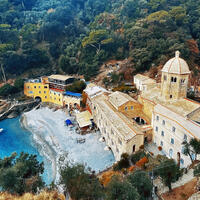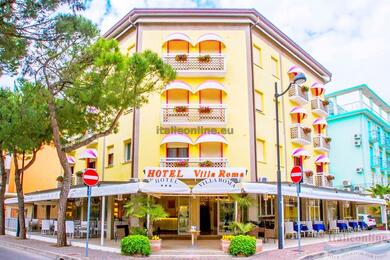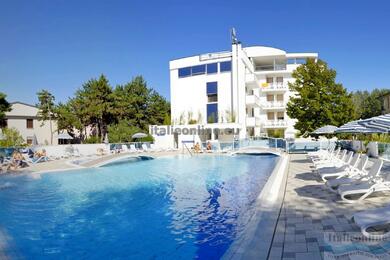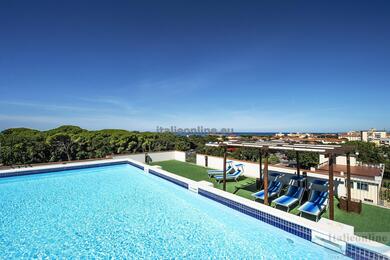Balsamic vinegar comes from the Modena and Reggio Emilia regions of northern Italy. This region is famous for its long tradition of balsamic vinegar production, in particular the traditional balsamic vinegar of Modena, which has a protected designation of origin (PDO).modena is a city in northern Italy, located in the Emilia-Romagna region. It is situated approximately halfway between Bologna and Parma, about 30 kilometres from Bologna and 40 kilometres from Parma.
Balsamic vinegar has a long and fascinating history that dates back to ancient Rome. The first references to balsamic vinegar from the Modena and Reggio Emilia area date back to the 11th century. At that time, vinegar was considered a highly prized gift and was used for special occasions such as weddings and the birth of children.
Do you know the difference between vinegar and balsamic vinegar? Wine vinegar has a higher acidity than balsamic vinegar. The short process of making wine vinegar results in a lighter colour and a more intense flavour with a distinct vinegar note.
In contrast, the process of making balsamic vinegar involves a long period of ageing in wooden casks.traditional balsamic vinegar is made from Trebbiano grapes, which are harvested and then pressed to produce fresh grape must.the must is then boiled over a low heat until it reduces to a thick syrup. The syrup is left to ferment with natural yeasts, which can take several weeks. This allows the acidity of the product to mellow and, thanks to the concentration of sugars, to weaken. Very old balsamic vinegars can cost hundreds or thousands of euros. One of the most expensive is the centuries-old vinegar from Villa San Donnino, which sells for €500/100 ml, or about 120,000 CZK per litre.
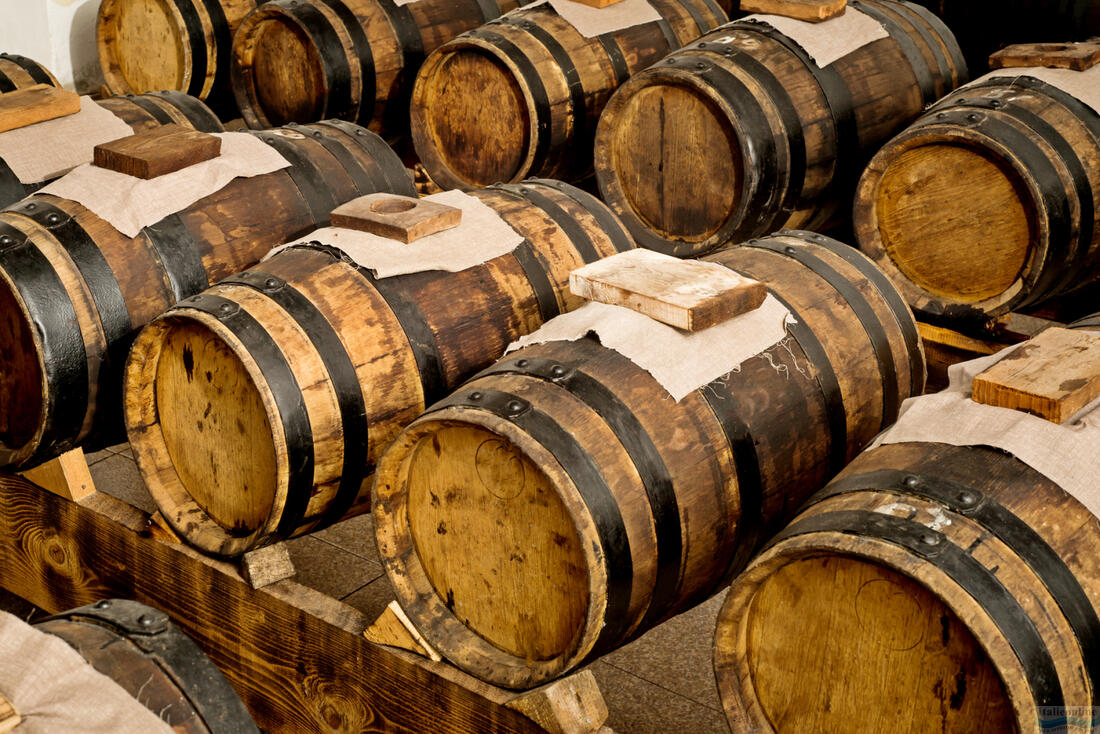
It is important to note that not all balsamic vinegars are made in this traditional way. Many commercially available balsamic vinegars are made by a faster process that involves the addition of caramel and accelerated ageing.
Balsamic vinegar is very versatile and can be used in a variety of dishes: salads, grilled meats and vegetables, fruits, marinades.
Want to know more? Then visit the Balsamic Vinegar Museum in Modena. The museum offers exhibitions on the history of production, traditional methods and processes, and the cultural significance of balsamic vinegar. Visitors can see historic barrels, the tools used in production and even enjoy tastings.
Museo del Balsamico Tradizionale di Modena
address: Villa Comunale Fabriani, Via F. Roncati, 28, 41057 Spilamberto MO
opening hours:
Monday - closed
Tuesday 10:30 - 17:30
Wednesday 10:30 - 13:30
Thursday 10:30 - 17:30
Friday 10:30 - 17:30
Saturday 10:30 - 17:30
Sunday 10:30 - 17:30
BY CAR
Via SP623 and Via Modenese/Str. del Passo Brasa/SP623
BY TRAIN
From Modena train station, you can take public transport to the bus station and take the bus towards Spilamberto
BUS
The museum is reached by bus number 731 from Modena Centro bus station




